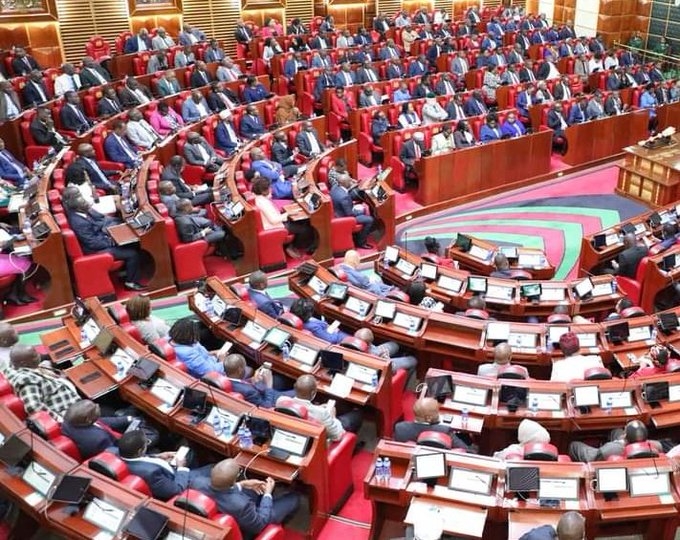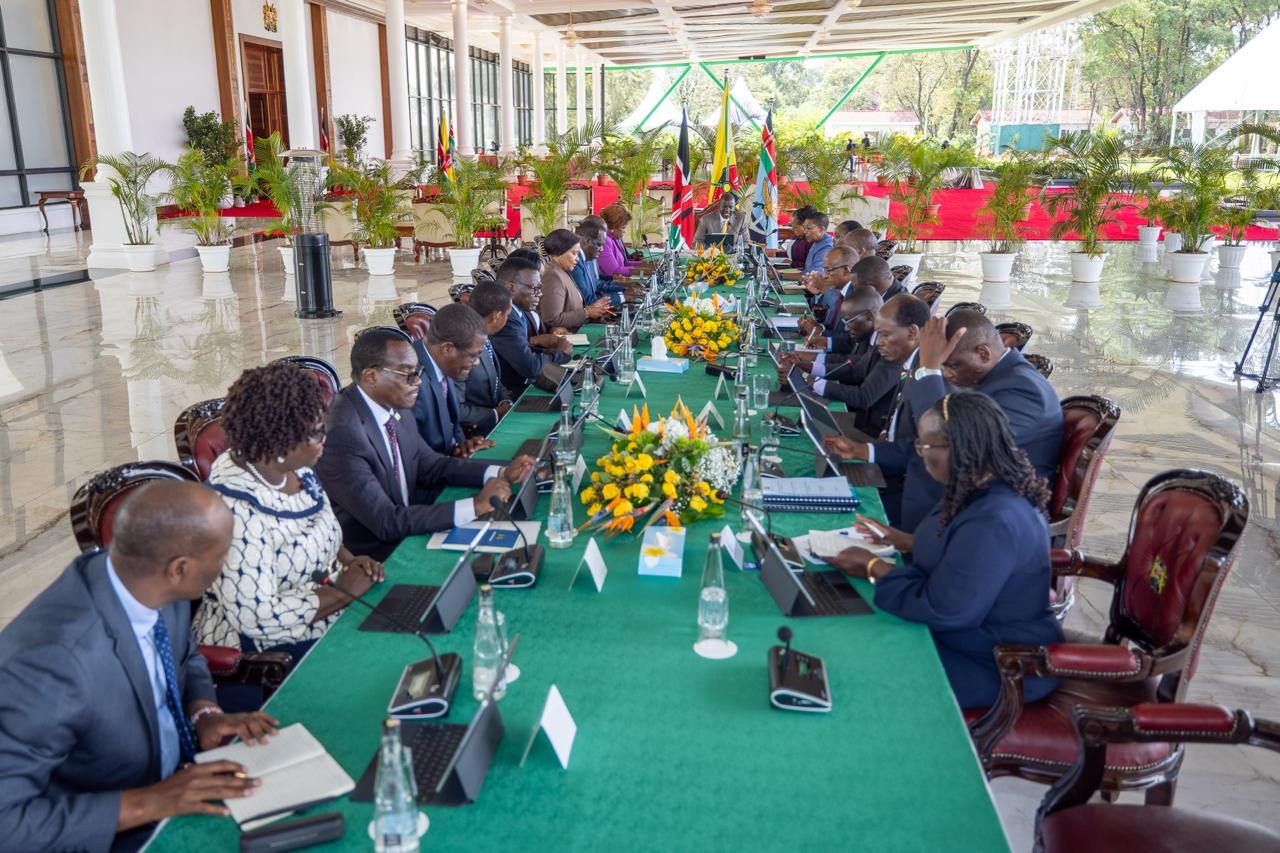"Truth is the first casualty of war."
While not exactly at war, Kenya is going through a conflict of ideals between elected leaders and the populace on how the country should be managed. Just as in war, truth becomes a casualty during civil unrest.
The consequences of misinformation and disinformation are widely known in modern times as technology enables false information to spread worldwide. While misinformation consists of false beliefs, such as rumours, disinformation is a deliberate set of actions aimed at changing public opinion.
The consequences of disinformation (fake news) on society are obvious: chaos, confusion, fear, disunity and violence. Democracy is a system of government based on citizens' choices, but what if those choices are based on falsehoods? Disinformation destroys the credibility of democracy itself.
"Disinformation spreads when people feel that their voices are not heard. It arises in contexts where political disenchantment, economic disparity or social unrest flourish," former UN human rights chief Michelle Bachelet told the Human Rights Council.
"We need to look at how best to contain the harms caused by disinformation, while addressing the underlying causes that give disinformation life and allow it to gain traction."
Disinformation is as old as humans have lived on earth. The biggest concern of our times is how the Internet, social media, algorithms and artificial intelligence (AI) have made it easier for malicious persons to spread untruths rapidly.
Before the Internet age, spreading disinformation required a multi-million shilling budget for publishing in newspapers, radio and television.
Today, anyone with a smartphone can post anything on the Internet and the whole world will see it. There is no need for specialised training to use social media. Indeed, many of the popular influencers on social media do not have formal qualifications in mass communication.
EASY TECHNOLOGY
As recently as 2010, creating a one-minute video clip required a powerful desktop computer, video editing software and someone trained in using the software. Technology has enabled anyone with a decent smartphone to take videos, edit them add a narrative voice and upload the clips to social media within minutes.
The events of Tuesday, June 25 are a good example of how disinformation gets mixed up with the truth. That day saw widespread violence that left dozens of people dead and Parliament vandalised by angry mobs. The most worrying incident was the clash between protesters and police in Nairobi's Githurai area.
By the next morning (June 26), social media was teeming with news that hundreds of people had been killed in Githurai. It eventually became clear that the number of casualties was much lower than was posted on social media. BBC reporters visited Githurai and did not find any evidence of a massacre.
BBC blamed the disinformation from Githurai on "Internet outages across Kenya and mobile phone signals periodically going down." Furthermore, old videos from as far as Ghana were shared on social media as though they were from Githurai.
The 2022 election was another fertile ground for disinformation because official sources of information were too slow to satisfy the public's hunger for election results. Social media influencers, at the behest of politicians, exploited the vacuum to feed the public with disinformation.
The Institute for Security Studies (ISS), a South Africa-based research institution, describes the 'commodification' of influence in Kenya, where social media influencers sell their services to politicians. Prices for creating hashtags and hiring influencers are becoming a common feature of the Kenyan digital information landscape.
"The primary motivation for influence operators in Kenya is commercial," ISS notes in its report on the 2022 general elections.
The organisation warns that the use of money to buy influence "opens the door for criminal networks, terrorists or state actors to use influencers to shape domestic narratives online".
ISS urges mainstream media to be aware of the unintended consequences of amplifying social media content. Media companies should not allow their employees to engage in blogging and selling influence on social media.
Other examples of crises affected by disinformation include the Covid-19 pandemic, the war on terror, the Russia-Ukraine War, the climate change crisis and the sharp increase in the prices of essential commodities.
Four decades ago, the emergence of HIV-Aids gave rise to disinformation that the virus was part of a secret programme to reduce the human population. Since 1983, when the Aids virus was identified, the world's population has increased from 4.6 billion to 8 billion. Rumours about HIV-Aids being a tool for population control have effectively been debunked.
EASY TO BELIEVE
Despite all we know about disinformation, why is it so easy for people to believe everything they see on social media? Selective exposure unknowingly does the trick. As humans, we understand our world through our five senses. Social media appeals to our senses of sight and sound in a very attractive and engaging format.
There's more to it. Social media platforms have refined their computer systems to detect what content you are looking for and then push tonnes of similar content into your smartphone. If you are a football fan, you will keep seeing football videos. If you search for designer wear, your timeline will be filled with fashion stories.
Artificial intelligence is playing a big role in social media. According to a 2022 article published in the Frontiers of Psychology journal, artificial intelligence systems in video-sharing apps play a bigger role in attracting young people to the platform than the quality of content. People tend to watch anything that arouses their interest.
An interesting development revealed by a Reuters Institute survey is that 29 per cent of Kenyans cited TikTok as their exclusive source of news. With social media being vulnerable to disinformation, having such a large chunk of the population dependent on news from unverified sources is a worrying development.
However, social media also presents an opportunity for credible sources of information to make themselves available to the public. As ongoing trends show, there's a huge demand for information among the public.
















